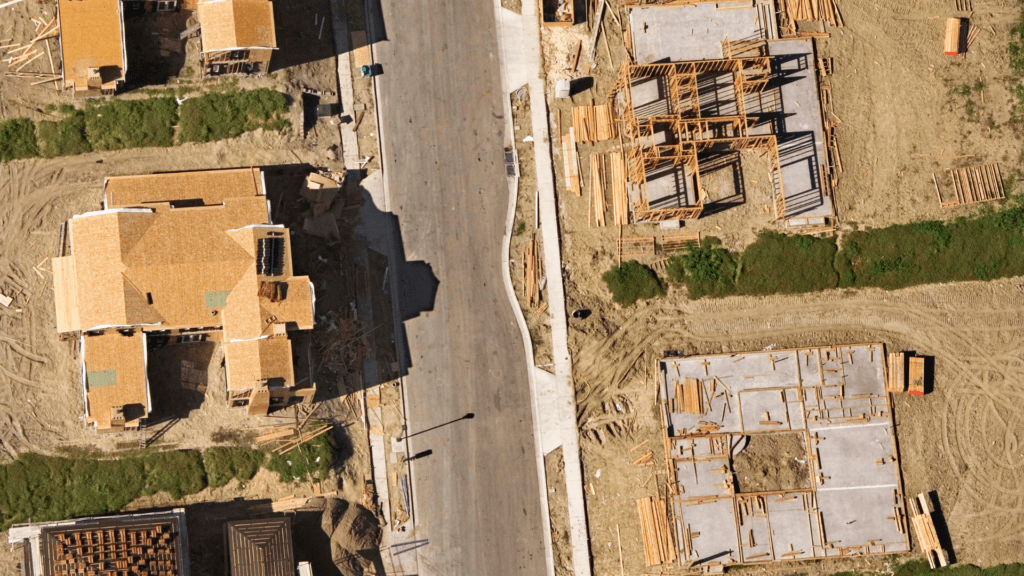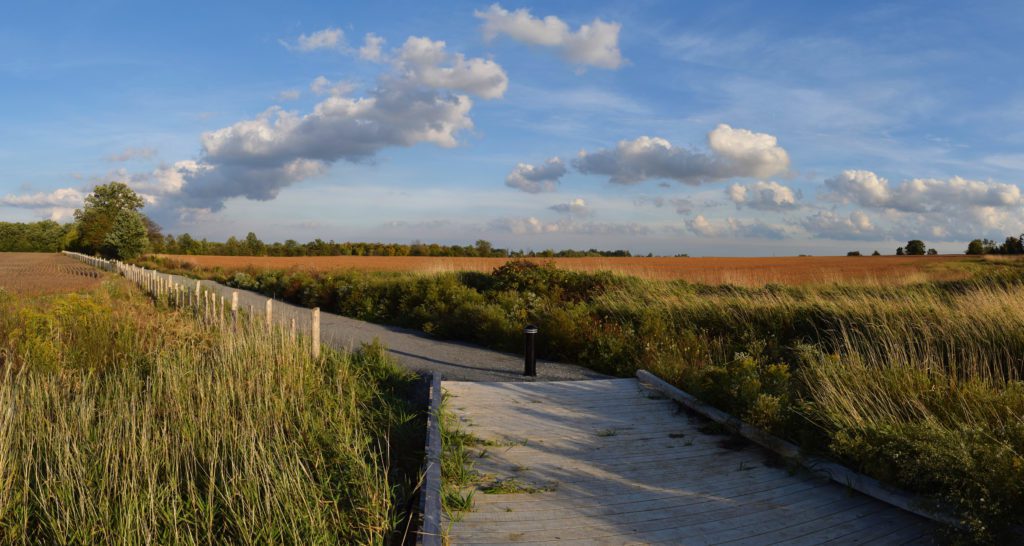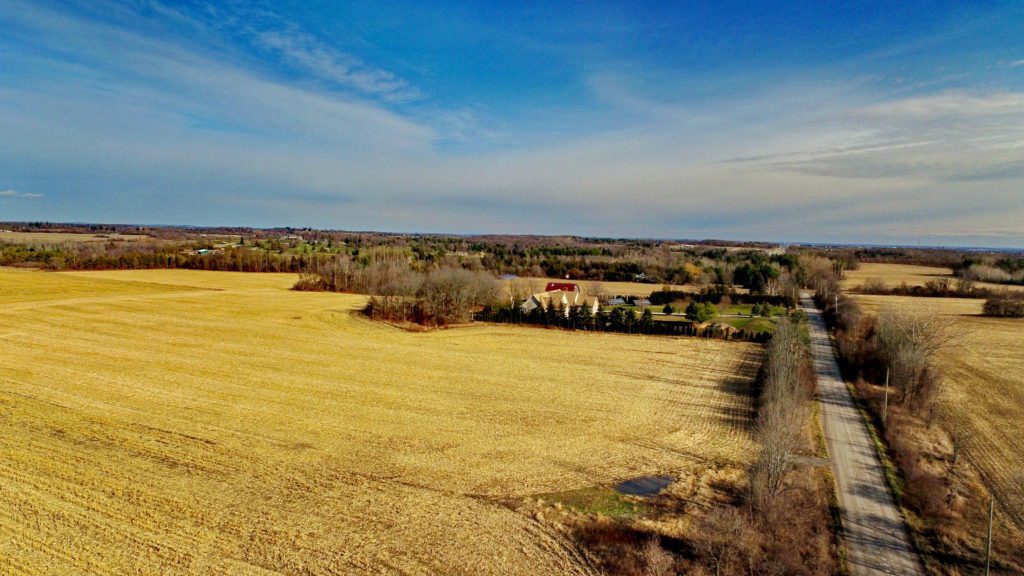A recent TVO article declared that the home-building industry lobby wants the province to override public planning processes and municipal approvals to make room for millions of new homes around transit stations. At first glance, it might seem good that the development industry is getting behind supporting density around major transit hubs. But at what cost? A closer look reveals that the province is looking at a public private partnership model for new GO train stations that could result in more GO Stations in cornfields, paving over farm fields instead of providing low income housing in our existing cities.
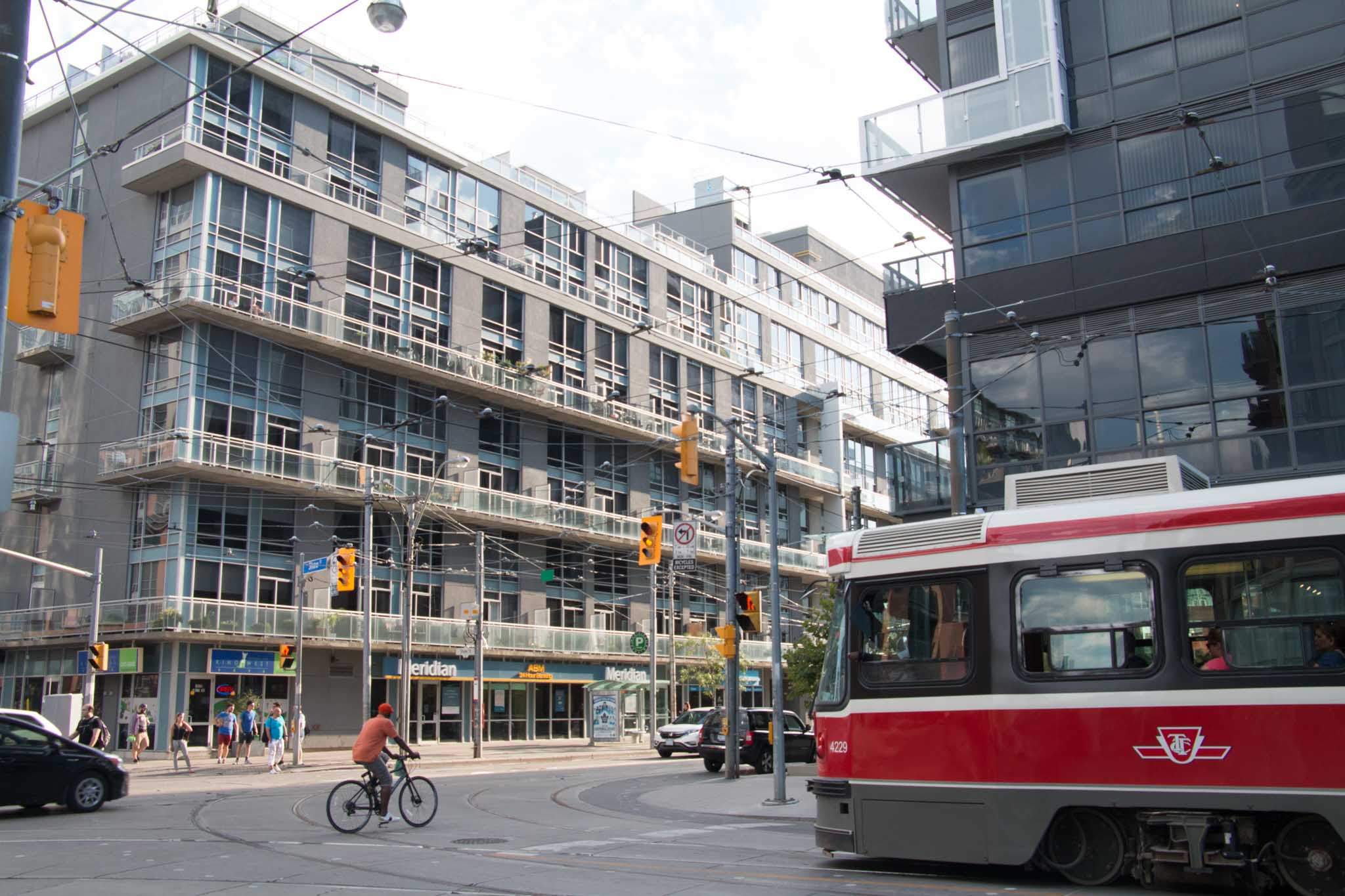

As with many issues, one size solutions won’t fit all problems. And the same goes with transit and housing, it interacts differently depending on where you are in the Greater Golden Horseshoe.
Back in 2014, Environmental Defence wrote a report from Dumb Growth to Smart Growth which addressed the need to integrate public transit and housing. In the report, we recommended the province update the Growth Plan to align with the objectives of the Big Move Regional Transit Plan by permitting higher density developments within urban growth centres, not around every remote transit station. This “intensification first” approach that the Growth Plan had been taking is necessary, as we can’t afford to keep sprawling over farmland. But if private sector sprawl developers get their way, all of this progressive planning work could be at risk.
Right now, the Growth Plan is under review and the province is creating a Housing Action Plan. It is well known that the biggest gap in our housing needs is rental housing and low income housing. Building housing around transit stations within urban centres makes huge economic sense as car ownership generally costs over $8,000 a year, it’s an additional expense many people just can’t afford.
Creating millions of new homes is a lofty goal. The development industry recommends building 55,000 new houses per year over 20 years, or about 1.1 million homes, hardly millions. But these homes need to be in the right places, which is in cities where infrastructure like rapid transit and local transit connect people to jobs.
If we build gentle density (e.g. 4-5 storey walk-ups, townhomes) around transit stations with existing services, we can upgrade aging infrastructure, like pipes and roads at the same time as we create new housing. It’s estimated that Ontario municipalities have a $60 billion infrastructure gap. Recently announced provincial and federal infrastructure funding could make a substantial dent in that gap and it makes sense to invest this money in improving transit and encouraging gentle density around urban transit stations.
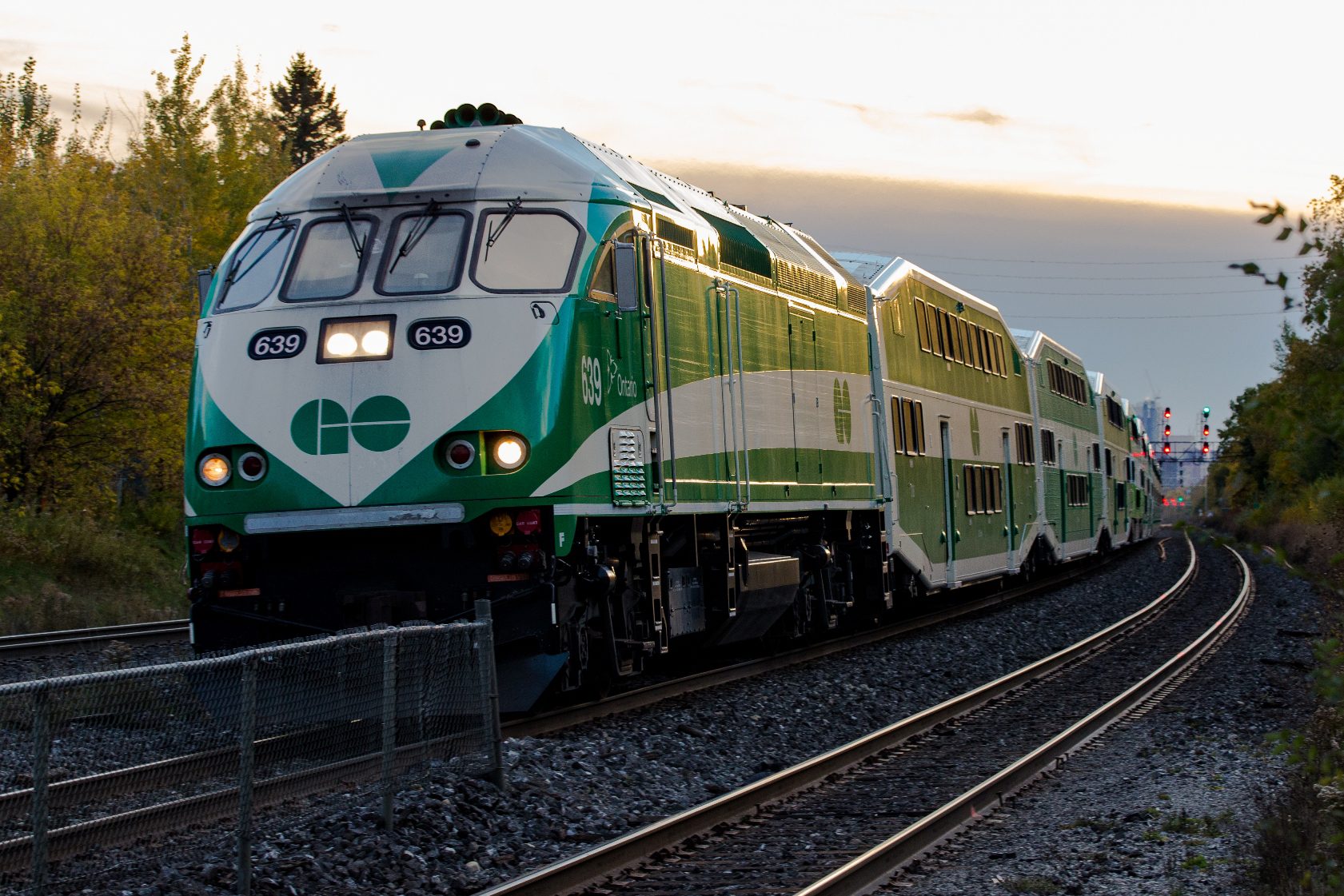

We encourage the province and municipalities to work together to build transit oriented housing. Specifically, the province should:
- Work with municipalities to develop major transit station area plans that meet local community needs. If the municipalities don’t develop zoning rules that match the plan within one year, then the province should impose zoning that complies with the Municipal Plan.
- Remove section 37 of the Planning Act, a secret negotiation process between a municipality and developers that results in approving high density without any public input, often in excess of height/density limits. Replace this by instituting a development permit system, also called a community planning permit system where densities and any required community benefits (playground, street art, etc) are pre-approved through a public process. This is also a much more transparent process which provides more certainty and predictability as densities cannot easily be changed.
- Work with the federal government to provide incentivizes for low income housing like rental on public lands around mobility hubs.
- Not all major transit stations should be treated the same, building very high density makes sense at Yonge and Bloor but not at a GO Station in Georgetown (where we need 3 to 5 stories max). Local conditions and challenges need to be taken into consideration.
Creating new housing doesn’t have to come at the cost of the public process or municipal decision making. We need our different levels of governments to work collaboratively with citizens and stakeholders to shape our communities. And, we need more transit where people want to live and work, not on farmland.



